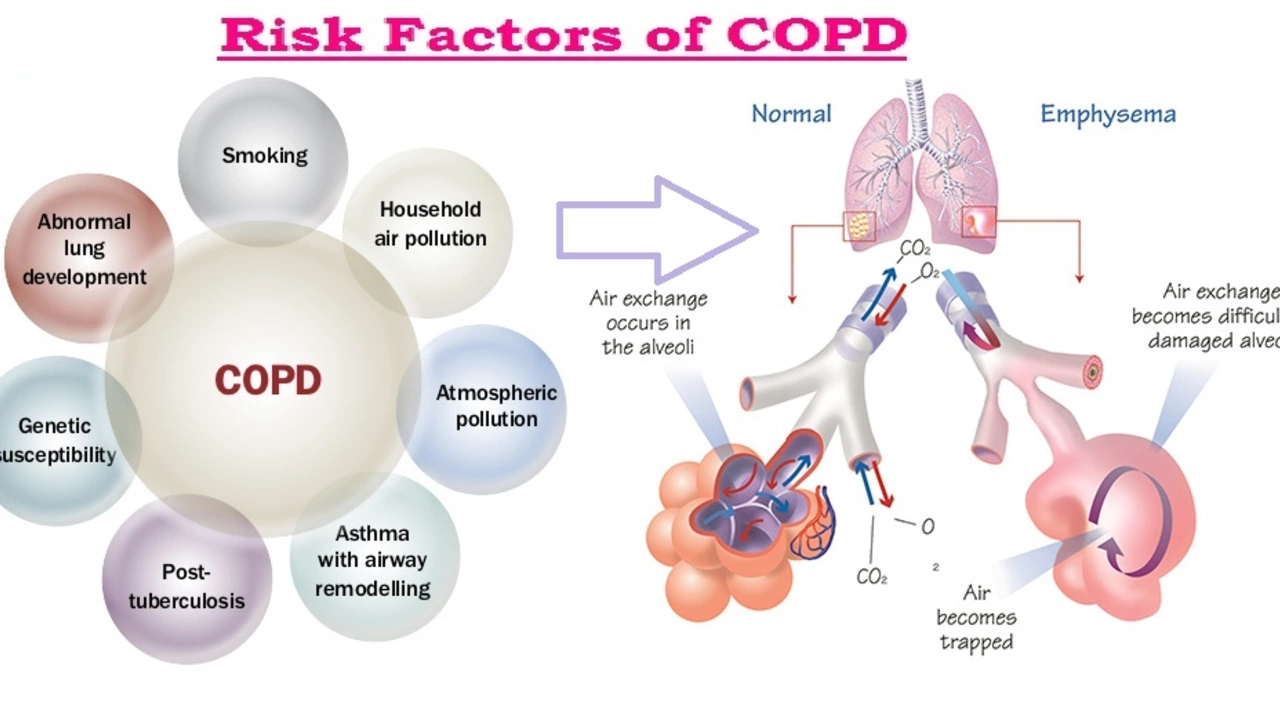Hypertrophic Subaortic Stenosis and Infection Risk — August 2023
Hypertrophic Subaortic Stenosis (HSS) can make parts of the heart work harder. Our August 2023 post looked at how that stress can raise the chance of infections, especially endocarditis. We broke the topic into simple, useful points so anyone can act on them.
What the August 2023 post covered
The post explained what HSS is: a narrowing below the aortic valve that thickens heart muscle and changes blood flow. Changed flow can nick inner heart surfaces, making bacteria more likely to stick. We talked about common infection sources — dental work, skin cuts, and invasive procedures — and why doctors sometimes worry about bacteria reaching the heart.
New fever or chills, unusual tiredness, night sweats, unexplained weight loss, or sudden swelling in your legs deserve quick attention. Also pay attention to new heart murmurs, more breathlessness, or coughing up blood. These signs don’t always mean infection, but with HSS they should not be ignored.
Practical steps & when to seek care
Keep good dental hygiene and see a dentist regularly. Treat skin wounds fast and clean them well. Tell every doctor or dentist that you have HSS before procedures. Ask if antibiotics are recommended for your situation — some people at high risk get short antibiotic protection for certain procedures.
If you get a persistent fever, feel suddenly worse, or notice new heart symptoms, call your provider. If a procedure or a medical plan was done and you develop signs of infection, seek care promptly. Early evaluation often makes treatment simpler.
Doctors may order blood tests, echocardiograms, and cultures to check for infection. If an infection is found, antibiotics are the first step. For some patients, surgery or valve procedures are considered based on the infection’s size and location.
We aimed for clear, practical steps — not fear. The post focused on prevention, recognizing signs, and knowing when to get help. We encouraged readers to keep records of heart diagnoses and recent procedures to help clinicians act fast.
Final practical checklist: 1. Maintain daily dental care and schedule cleanings. 2. Clean and protect skin wounds. 3. Inform clinicians about HSS before any procedure. 4. Watch for fever and new heart symptoms. 5. Get prompt tests and treatment when infection is suspected.
If you're unsure whether you need antibiotics before a procedure, ask both your cardiologist and the treating clinician. Tell them about past infections, artificial valves, or any implanted devices. Keep a small folder with your latest echo report, medications, and doctor contacts. When traveling, pack extra supplies for wound care and a note explaining your HSS diagnosis. These small steps cut delays and help doctors treat you faster. Share any allergies to antibiotics before treatment. Keep emergency numbers handy and update care plans regularly.
